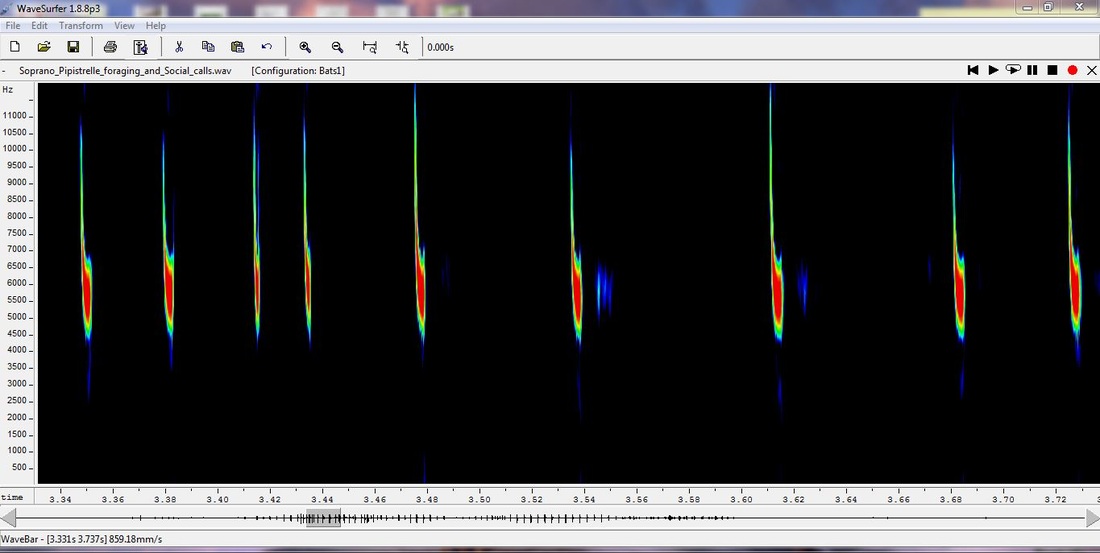We first photographed the otters on our camera trap back in April, but these new images provide further evidence that they have an established local population. Otter populations across England suffered dramatic declines between the 1950’s and 1970’s due to increases in persecution and pesticides washing into waterways. Since the withdrawal of organo-chlorine pesticides, otter populations have been steadily increasing across the UK. As an apex predator in English riverine environments, their presence here in Durham indicates that we have a healthy river system. This is encouraging news, not only for this threatened species, but for all of our local biodiversity.
We also managed to capture a couple of Durham’s less salubrious characters on camera, including plenty of pictures of our local rat population (almost 500 pictures in one week alone!) and a couple of an American mink. American mink and European otters are very similar species, both semi-aquatic in nature and belonging to the same guild of mustelids. These species are sometimes mistaken for each other but you can see in the picture below that mink, despite being a similar shape to otters, are much smaller, have much darker, almost black fur and a fluffy tail. Mink are an introduced species here in the UK, becoming established in the wild in the 1950’s due to a combination of purposeful releases and escapes from fur farms. Voracious carnivores, mink have been widely implicated in the population declines of water voles, as mink are small enough to follow their prey down its burrow. Recently, however, competition from the recovering otter populations seems to have caused a decline in mink populations. Hopefully the disturbance of mink will allow for the natural recovery of local water vole populations.














 RSS Feed
RSS Feed
